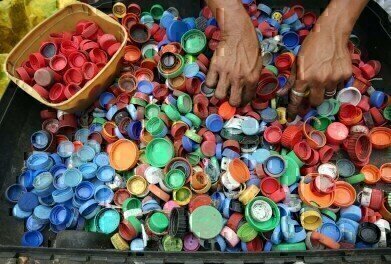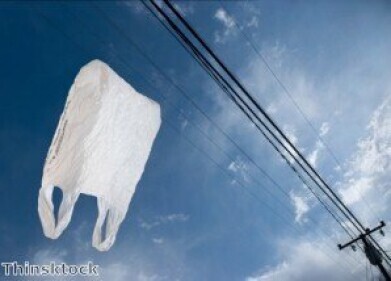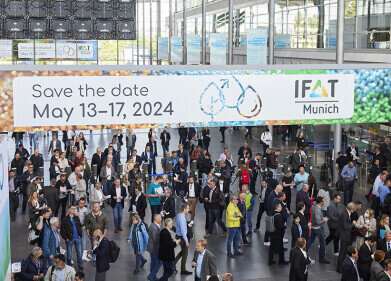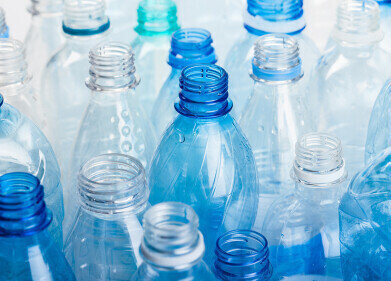Waste Management
How Are Plastics Made?
Oct 14 2021
They’re everywhere these days. From the shoes on your feet to the screen upon which you’re reading this article, there are few objects with which we interact in our daily lives that don’t contain plastic in some form today. They’re even in the air we breathe! Despite this, many people still have no idea where plastics come from or how they are actually made.
With that in mind, this step-by-step guide aims to break down the process of manufacturing plastics into easy-to-understand phases, thus making it accessible to and intelligible by everyone. For further information on the world of plastics, including innovative methods for addressing plastic pollution and the potential dangers of microplastics, please continue to explore the site further.
Raw material extraction
Plastics are generally one of two kinds: synthetic or biobased. The former is constructed from crude oil, natural gas or occasionally coal, while the latter is made from organic materials like vegetable fats and oils, starches, carbohydrates and bacteria. The vast majority of plastics in use today are synthetic, largely due to the availability of fossil fuels and the simplicity of crude oil processing techniques.
To make synthetic plastics, oil, gas and coal must first be extracted from the Earth’s reserves. Around 5% of the total fossil fuels extracted globally are used to make plastics, with the rest devoted towards energy generation, electricity, heating and transportation.
Raw material processing
Crude oil is comprised of thousands of different compounds which must be broken down and isolated in order to create plastic. This is done by heating the oil in a furnace, then separating it into lighter components (commonly known as fractions) in a distillation unit. One such fraction, naphtha, is one of the most important compounds for making plastics. Gas and coal are processed in a similar fashion.
Polymerisation
Polymerisation is the process of bonding monomers into lengthy chains. Light olefin gas monomers like butylene, ethylene and propylene are made into chains, which converts them into higher molecular weight hydrocarbons, or polymers. This process is achieved in two ways:
- Addition polymerisation – using a catalyst such as peroxide, just one monomer is added to another at one time. The process is also known as chain growth polymerisation.
- Condensation polymerisation – by removing molecules such as water from a monomer, it can be compelled to join others. Also known as step growth polymerisation, this allows for separate chains to bond with one another.
Compounding
The polymers derived from the previous phase are then compounded alongside a blend of other materials to form the desired type of plastic. This compounding process is achieved by melting the different components together. After using an extruder to blend the components, the mixture is pelletised and then moulded into the finished product. And voila! The plastics are complete.
Events
Apr 22 2024 Hannover, Germany
Apr 23 2024 Kuala Lumpur, Malaysia
Apr 24 2024 Sao Paulo, Brasil
May 05 2024 Seville, Spain
May 13 2024 Munich, Germany













